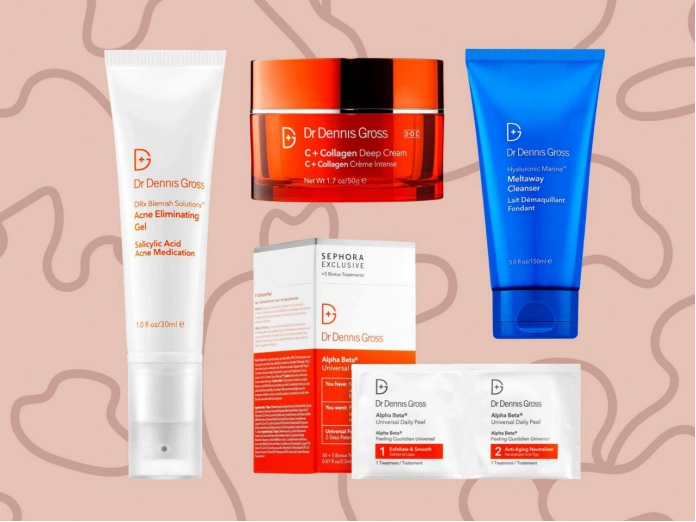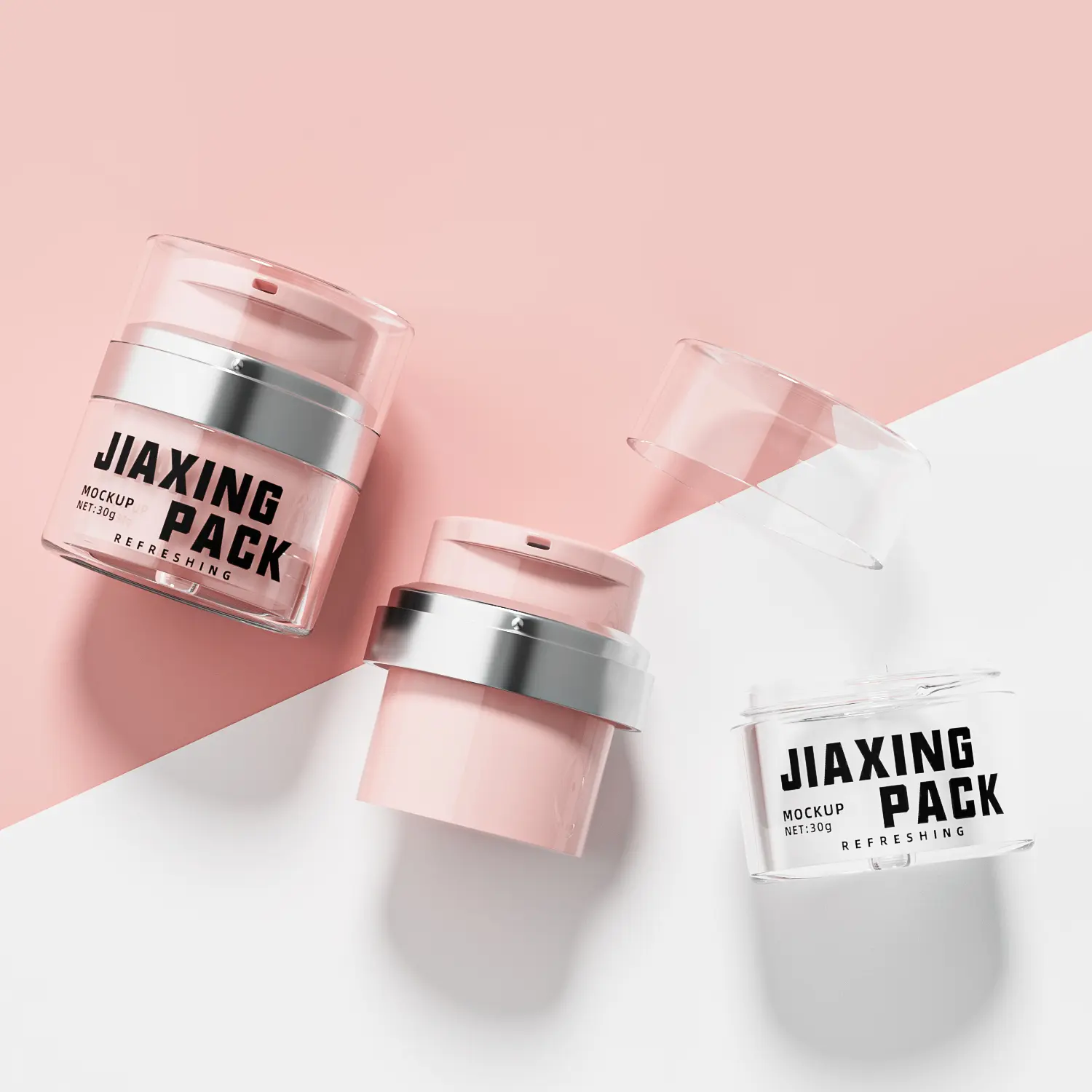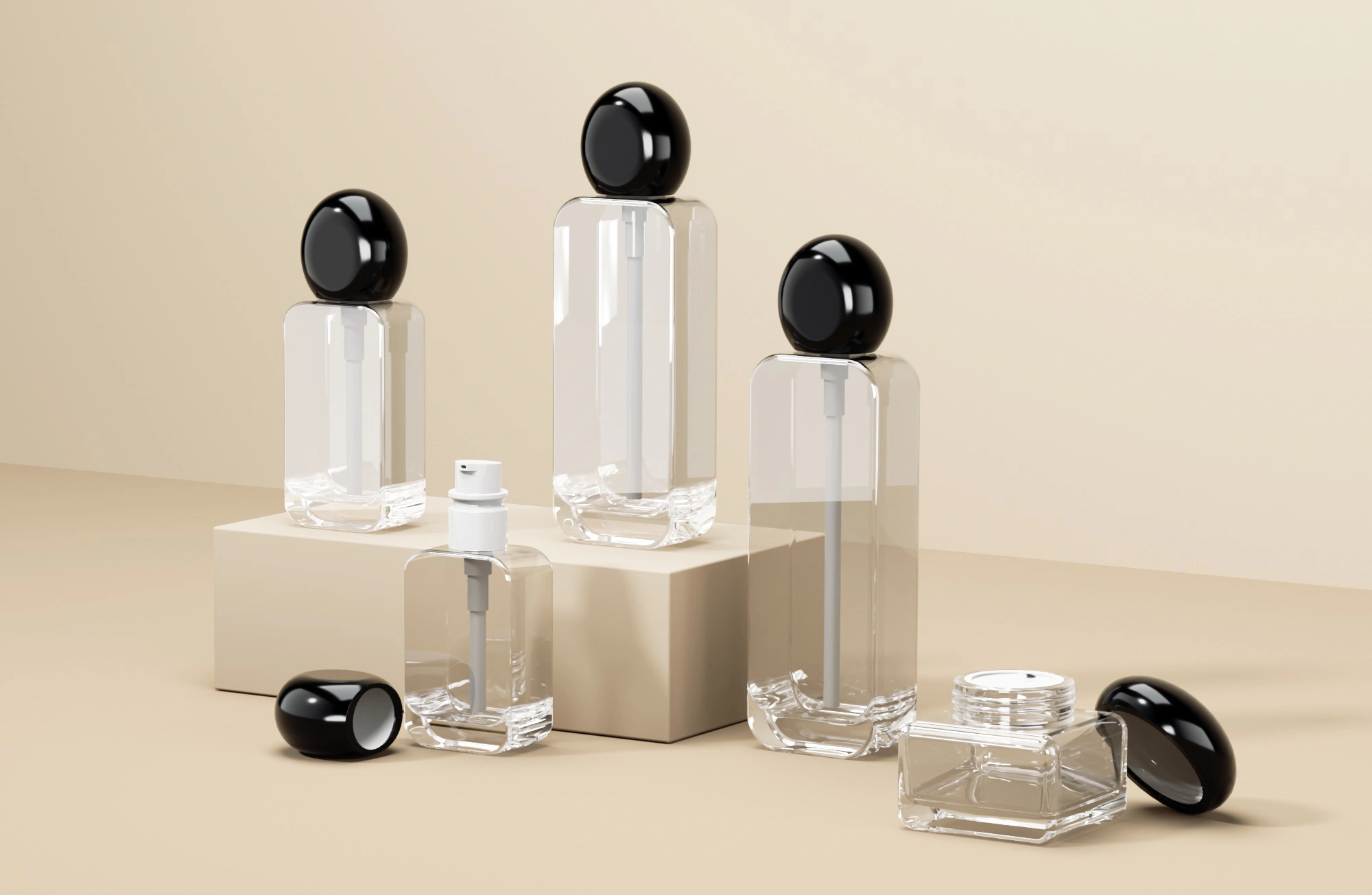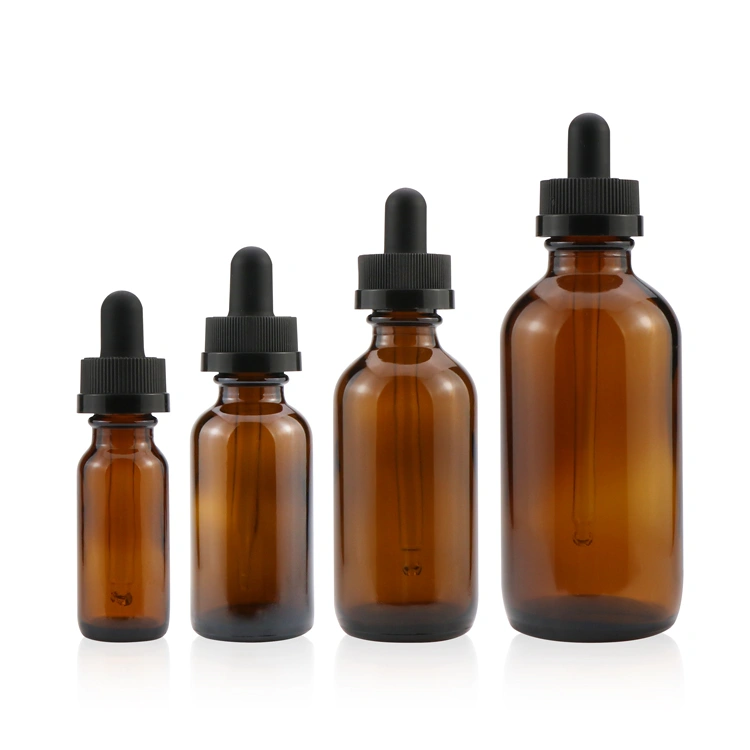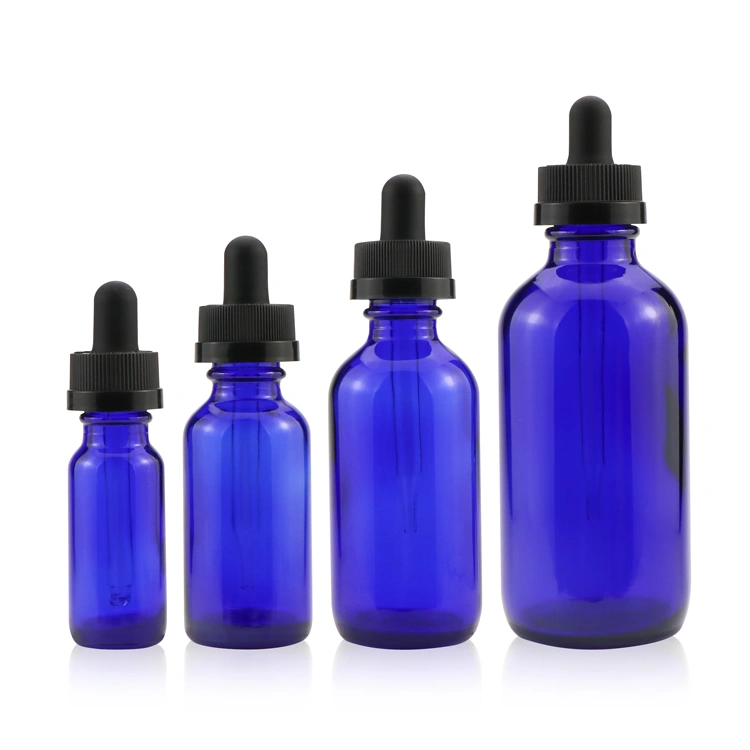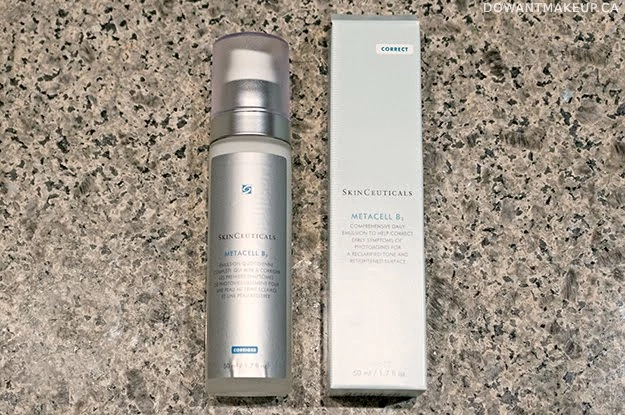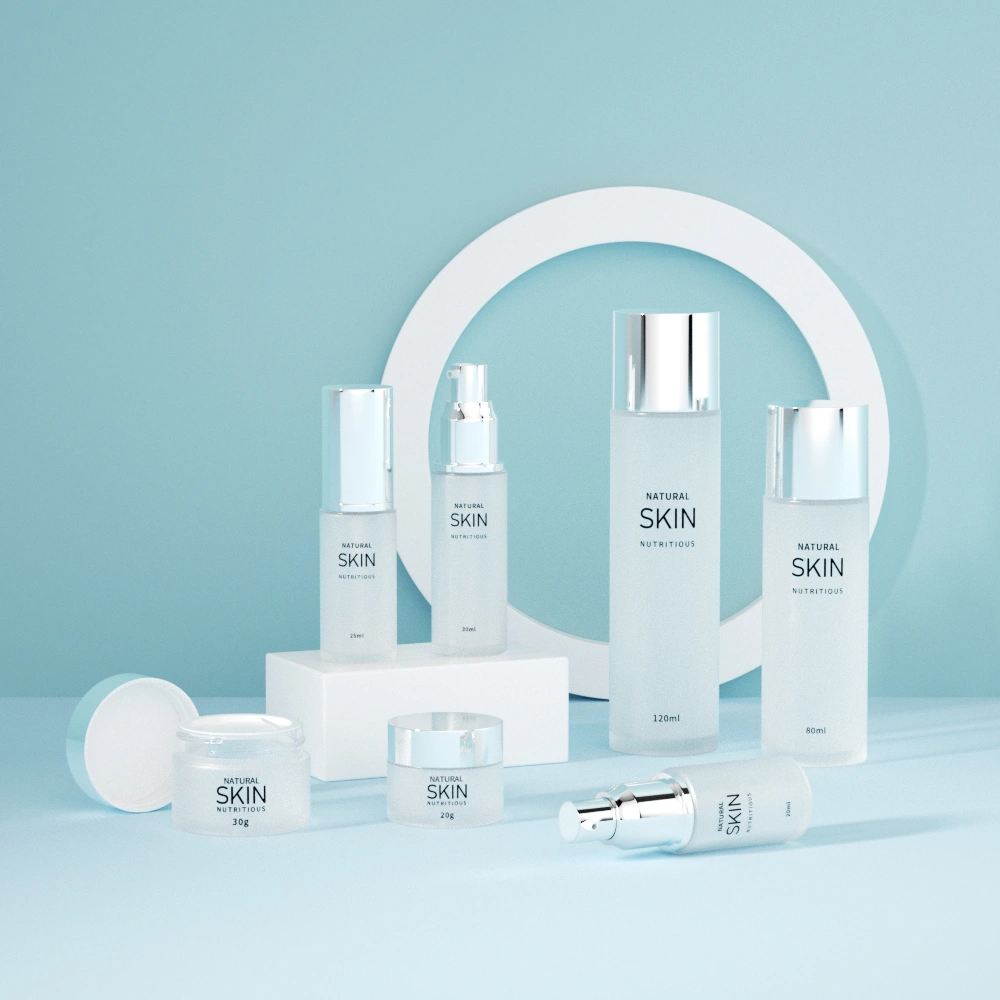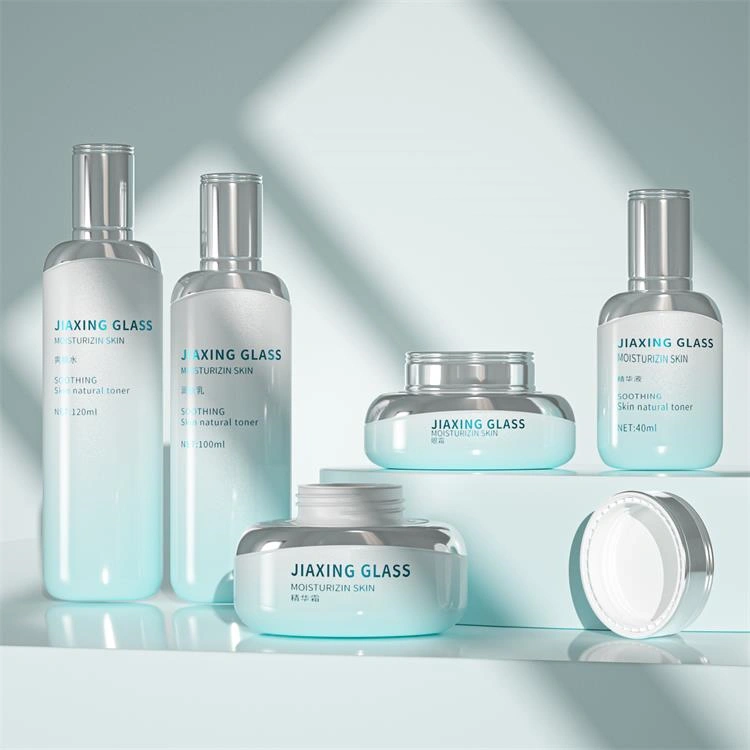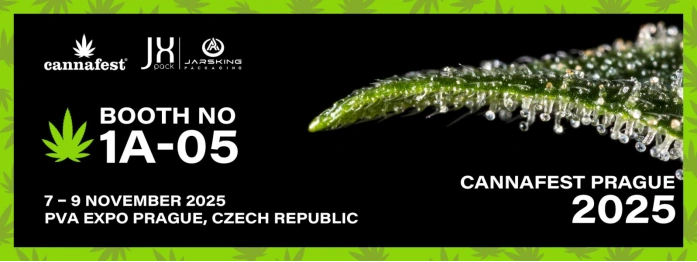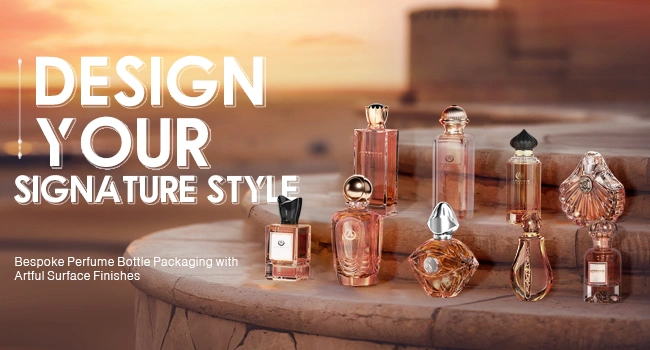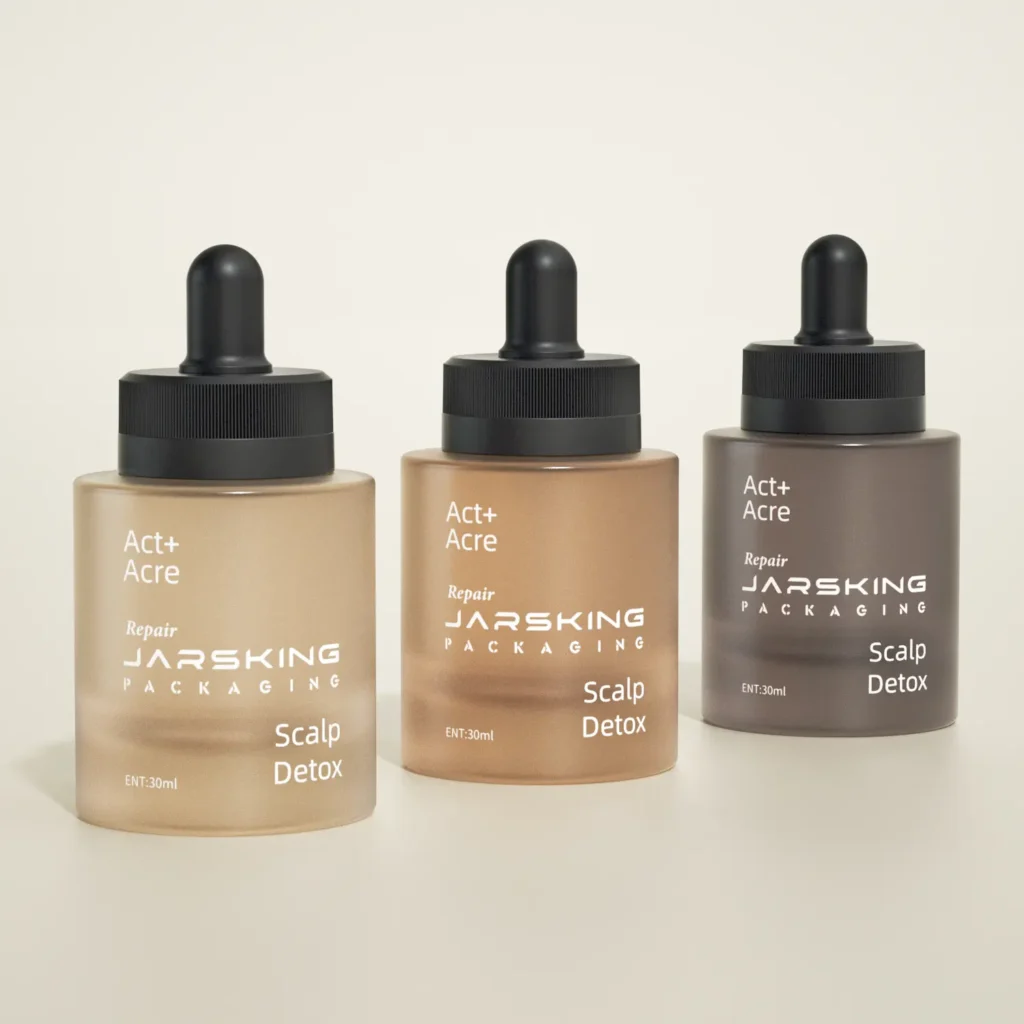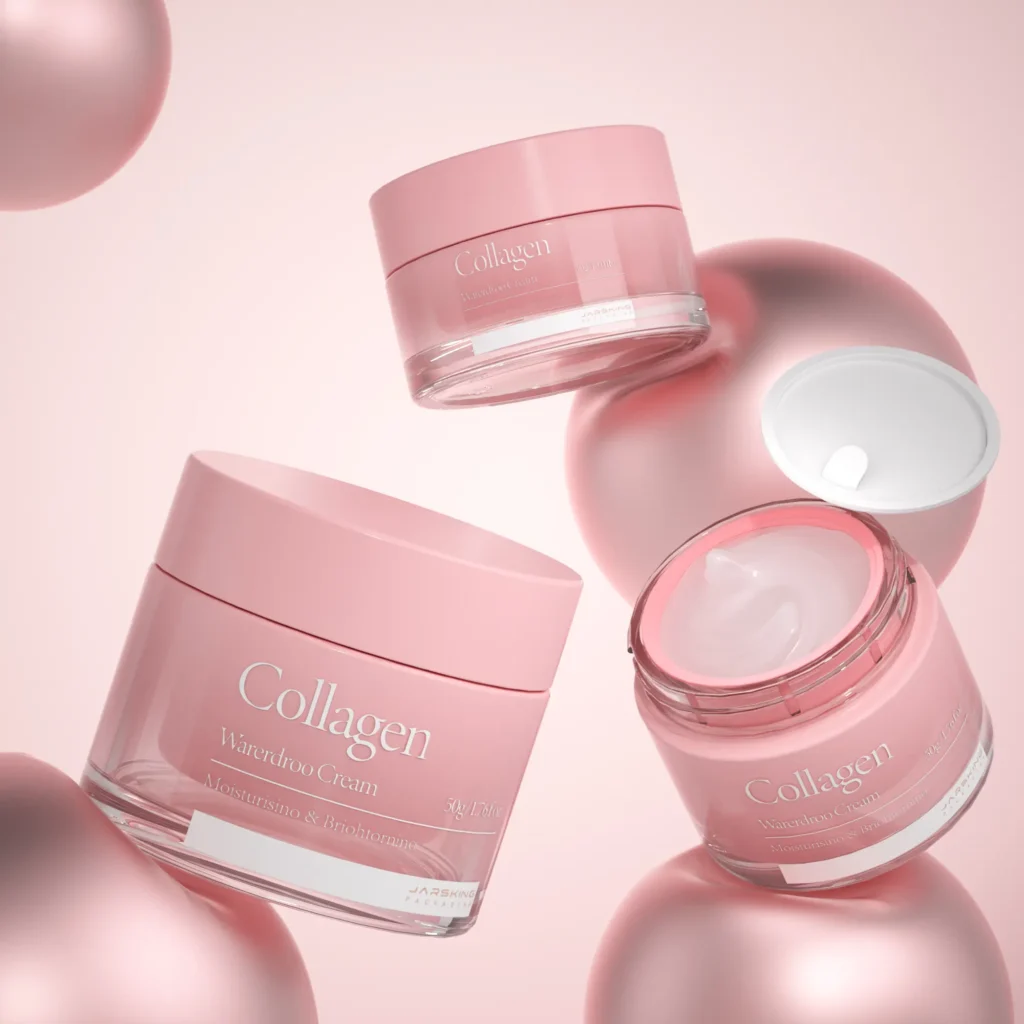Clinical packaging design is ideal if your brand positioning emphasizes efficacy, scientific formulation, active ingredients, dermatologist development, results-oriented benefits, or problem-solving for specific skin concerns (acne, aging, sensitivity, hyperpigmentation). It’s particularly effective for brands targeting educated consumers who research ingredients, compare concentrations, and prioritize performance over trends.
However, clinical design may not suit brands positioned around sensory luxury, aromatherapy experiences, holistic wellness, or emotional self-care—where warmer colors, ornate details, and expressive typography better communicate brand values.
Ask yourself: Do my customers want a prescription or a pampering experience? If your answer leans toward efficacy and trust over indulgence and emotion, clinical aesthetic packaging will strengthen your market position and differentiate you in an increasingly science-driven beauty landscape.



















































